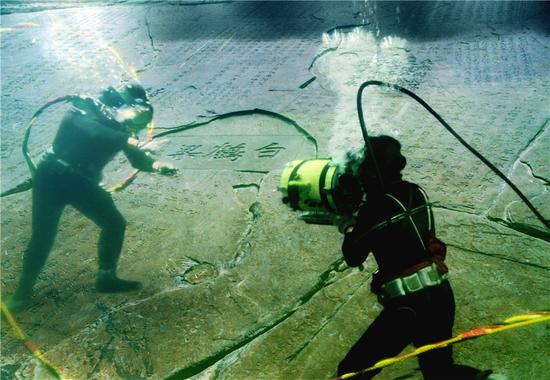Sun Yat-sen University in South China's Guangdong Province plans to build a gravitational wave simulator at its Shenzhen campus, the university announced Tuesday.
Shenzhen Development and Reform Commission has approved the construction of the more than 1 billion yuan ($146 million) ground-based wave detection facility.
Once complete, the installation will simulate a complex space environment to a high precision to provide solutions and support for investigating obstacles in space.
Gravitational waves are ripples in the fabric of space-time caused by some of the most violent and energetic processes in the universe, according to an article published by the US-based Laser Interferometer Gravitational-wave Observatory, the first team in the world to detect them on September 14, 2015.
Chinese proposals to further investigate ripples followed in the wake of the US discovery, the British scientific journal Nature reported in 2016.
The Shenzhen ground simulator is just the latest development in the university's ambitious Tianqin project.
Also under construction and later to be launched into space is the Tianqin gravitational wave antenna, an equilateral triangle-shaped detector consisting of three high-precision drag-free satellites.
Precision lasers will measure the tiny displacement caused by gravitational waves that pass near the satellites, according to a recruitment notice published in April on the official website of the Tianqin research center for gravitational physics at Sun Yat-sen University.
The first Tianqin pathfinder satellite has already been designed and is pending approval. Construction of a laser station and laboratories to develop the key satellite technologies have already started at the university's Zhuhai campus, also in Guangdong Province.
Gravitational wave research teams from Europe, the UK and the US have expressed interest and willingness to collaborate on the Tianqin project, according to the university.


















































